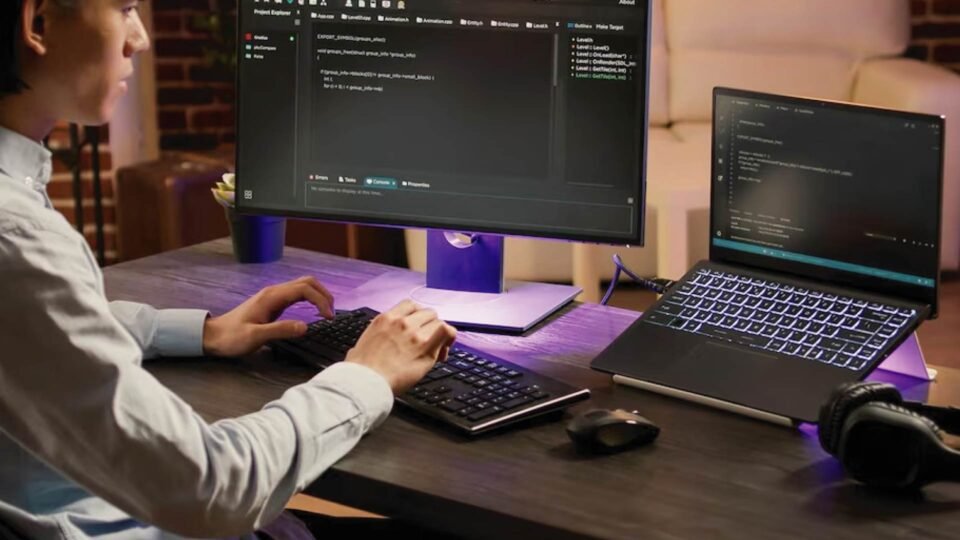New capabilities to track, forecast, and report XLOs enable IT operations teams to align more closely with business objectives, enhancing support for digital customer experiences.
Catchpoint, the leader in Internet Performance Monitoring, today announced significant enhancements to its suite of Service Level Objective (SLO) capabilities, focusing on Experience Level Objectives (XLOs) monitoring. Unlike traditional SLOs that primarily measure system availability, the newly introduced XLOs prioritize metrics that gauge user experience and satisfaction. This innovative approach aims to provide IT operations teams with a more nuanced understanding of performance by aligning technical metrics with user-centric outcomes.
While availability is crucial, “slow is the new down.” To protect revenue and reputation, companies need to ensure not only their websites are up, but also that they load quickly and run smoothly. Catchpoint’s new capabilities are designed to help businesses evolve their SLO monitoring from internal to end-user-centric metrics, especially during high-traffic periods, such as Black Friday.
According to Gartner’s Hype Cycle for Site Reliability Engineering, 2024, “Customers’ and consumers’ expectations of IT services have evolved, driving enterprise software to consider user experience as a key component of application success.” Monitoring XLOs is essential for mature organizations that care about resilience. As Gartner’s Hype Cycle for Site Reliability Engineering, 2024, highlights, “Mature SRE teams must ensure service quality by tracking end-to-end SLOs that represent the entire product user journey.” Catchpoint’s new XLO monitoring capabilities align with this directive, providing mature organizations with the tools needed for resilience and excellence in user experience.
Based on this insight and customer feedback, Catchpoint has developed XLO monitoring to measure the following performance metrics:
- Wait Time: The duration between the user’s request and the server’s initial response
- Response Time: The total time taken for the server to process a request and send back the complete response
- First Contentful Paint (FCP): The time it takes for the browser to render the first piece of content on the screen
- Largest Contentful Paint (LCP): Time when the largest content is visible within the browser
- Cumulative Layout Shift (CLS): A measure of how much the layout of the page shifts unexpectedly during loading
- Time to Interactive: The time it takes for a page to become fully interactive and responsive to user inputs
Through the Catchpoint portal, companies can set specific performance objectives, such as ensuring the Largest Contentful Paint (LCP) does not exceed 2.5 seconds 90% of the time in a given month, which is imperative for maintaining a smooth user experience and reducing bounce rates. Catchpoint’s platform tracks these objectives, showing weekly, monthly, and quarterly results. A “burndown” chart is also available to help you predict when you might exceed your XLO. This allows businesses to make informed decisions about their website’s development and performance, ensuring they meet both availability and performance SLAs with their customers.
By tracking changes over time, businesses can decide whether to release changes to their website based on their impact on Core Web Vitals. This proactive approach helps maintain high user satisfaction and ensures that performance objectives are met consistently.
To learn why traditional SLOs are not enough, join our webinar, “Solving the SLO Riddle: Why SLOs are not enough” on August 21, 2024, at 2 pm ET.
Explore AITechPark for the latest advancements in AI, IOT, Cybersecurity, AITech News, and insightful updates from industry experts!

